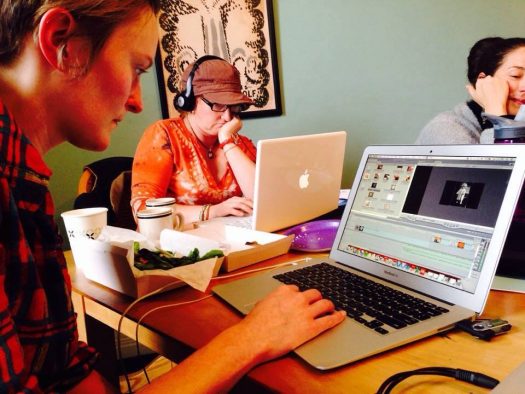
How copyright law has become the killing fields of culture
For years, all was peaceful in the house of Horovitz. Jed Horovitz, a 53-year-old New Jersey entrepreneur with sharply chiseled features and gleaming bald head, had been running a small video operation called Video Pipeline that took Hollywood films, created two-minute trailers to help promote them, and distributed them to online retailers such as Netflix, BestBuy, and Barnes and Noble, as well as public libraries. Then one day in 2000, the Walt Disney Co. sent a cease-and-desist order, charging that Horovitz’s company was violating Disney’s copyright by featuring portions of their movies online. Horovitz was astonished that his seven-employee company — which, after all, had always showcased Disney films in a favorable light — was being bullied by a $90



